today is day 3 in the #12days of delécluse. yesterday, i answered the question, "why record delécluse: douze études?" today, we hear from paris opera orchestra percussionist jb leclère. here are the some études currently up on youtube:
jb was first percussionist i interviewed in the caisse-claire crawl. this is the FULL version of the interview, and it's some great reading, but it's lengthy. so, to help you out, i've listed a few highlights, then a 'table of contents' to help you scroll around the interview.
interview highlights:
“you know, the society is different. the city is different. everything is different. the united states is very organized - even the streets in new york city are straight, in a grid, organized by number, and very precise. here it’s much more crazy. administration can be chaos. it’s called the ‘latin spirit’ in italy and france. it’s obviously not that simple, but that’s an element of this discussion. ”
on american vs. french music:
“well, the drum would probably be tuned lower, and with no mute. also, there would be more free expression. for instance, i’d put bigger accents on the important beats. to be honest, i change a lot of things from the written page. when i play the first étude, i play more of a swung rhythm at the beginning. but i also remember hearing from my teacher in the supérieur conservatoire, michel cerutti, that i play things too freely.”
on french vs. american snare drumming:
“one thing is the ruff - it’s very short and on the beat. there are also some sticking patterns that have been passed down like this. one other thing is the tempos - delécluse likes to hear some of the études faster than what’s written. étude 8 is supposed to be felt in one, not three, which has been passed down from teacher to student, and needs to be played a little faster than indicated.”
what are some traditions of interpreting delécluse's works?
table of contents:
the french percussion scene and the paris opera
what’s the percussion conservatory scene like in france?
i see. so, are you the youngest percussionist in the paris opera?
how many percussionists in the paris opera orchestra?
what does the keyboard player play?
is everyone in the section french?
i see. and did most of the percussionists go to school in paris or lyon?
what makes french orchestras unique?
what is it like playing french music with a french conductor with a french orchestra in paris? please explain it, for those of us who could never dream of an experience like that.
so you’re saying that the color matters more than the rhythmic precision?
is this a phenomenon of your orchestra more than others when playing french music?
what makes french percussion unique?
now to percussion. you’ve seen some performances at the met. what are some similarities and differences in the percussion style of paris opera and the met opera?
and what do you think? is the american style more technical?
i have to imagine it’s engrained into the culture, and you talk about concepts like texture and color in lessons a lot.
how is phrasing taught?
when you’re in school, how is phrasing taught? is there a methodology?
i’m used to another approach. someone says, ok, i’m going to play ruffs and flams and paradiddles. now, how do I turn that into scheherazade?
when you teach, do you give the phrasing to students?
the difference between american and french percussion
got it. what are some of the other differences that you might see in my version of the delécluse études compared to a french version?
those more subtle changes of color and touch are probably easier when played on a drum tuned lower and with no mute, right?
delécluse
it seems like so many important percussionists played in the paris opera.
did you ever interact with delécluse?
tell me a little about delécluse’s role in french percussion advancement.
what are some of the traditions of interpreting delécluse’s works?
the future
what do you think about the internet allowing us to share information like this between cultures? will the regional interpretations of music meld together, and if so, is that a bad thing?
there are a lot of pros and cons to a connected world.
how do you bring something new to your percussion section - maybe a new style that your colleagues aren’t used to?
want to see my complete snare drum setup?
here’s my 8-piece snare drum setup, including every piece of gear and accessory you'll need. (and it's totally audition-ready, too.)
the full jb leclère interview:
the french percussion scene and the paris opera
what’s the percussion conservatory scene like in france?
there are two big conservatories here - paris and lyon. there are twelve students in each of these schools at any given time. a lot of the professional percussionists in france come from one or the other, and we know each other pretty well.
i see. so, are you the youngest percussionist in the paris opera?
well, for six years i was. but now there’s a new percussionist name nicolas lethuillier who’s 25. suddenly, i’m not in the youngest generation of musicians in the orchestra.
how many percussionists in the paris opera orchestra?
11, but there’s two orchestras. well, there’s one orchestra, but two teams. we can play at the same time in the garnier and bastille, so that’s why. here’s the breakdown:
2 timpanists,
2 2nd timpanists who also play percussion,
2 1st percussionists who also play timpani,
3 2nd percussionists who also play timpani, and
2 keyboard players who also play percussion.
what does the keyboard player play?
this last position is the one previously filled by delécluse. they mostly play celesta and piano, and they just a little bit of percussion. they might play the small percussion parts like bass drum, tambourine, triangle, xylophone, or glockenspiel, depending on the opera.
my position is 1st percussion, which means I play some timpani. next year I’m playing don giovanni.
is everyone in the section french?
everyone is french with the exception of tsuey-ying taï - she’s from taiwan.
i see. and did most of the percussionists go to school in paris or lyon?
actually, a lot of them went to the conservatory in versailles and studied with sylvio gualda, the master teacher who was involved in creating pieces like rebonds and psapha. out of the 11 percussionists in the paris opera orchestra, several worked with him, including philippe, lionel, tsuey-ying, sylvie, jean-yves and christine.
what makes french orchestras unique?
what is it like playing french music with a french conductor with a french orchestra in paris? please explain it, for those of us who could never dream of an experience like that.
when i prepare for the first rehearsal of a piece like that, i’m waiting for a lot of things. i want to see a french interpretation, so I’m waiting to see what the conductor brings in terms of color, phrasing, a lot of pianissimo, and little things like that. playing something like massenet, ravel, or debussy is like a painting by monet - a lot of little points of color. french music-making is summed up in a way by something that legendary french conductor georges prêtre said. he said, and I paraphrase, “i’m not very precise when I conduct. but, what i bring is the music and the feeling, and everything else follows.” it’s incredible. it’s like we’re playing chamber music, and the dynamic and color can get so piano. you don’t know where the next note is going to be placed, so you listen very deeply and play it softer. if it’s not exactly in time, it’s not that important in French music. it’s important, of course, but it’s not as important as in a piece like west side story, or something by copland or stravinsky.
so you’re saying that the color matters more than the rhythmic precision?
it's not more important, but for me, in the french repertory, we have to focus about the color in first. the musical writing is often more horizontal than vertical.
is this a phenomenon of your orchestra more than others when playing french music?
i don’t know. actually, it depends a lot on the conductor. but even without the conductor, the orchestra wants to play that way. we’re always trying to infuse that french character into our music. we have to be constantly mindful to keep the right color and style.
i’ll explain it this way - philippe jordan is the music director of the paris opera right now. he’s german-swiss and the son of armin jordan. we just played daphnis and chloe with the paris ballet, and it’s interesting because it’s very different. the way we play the same music with georges prêtre is completely different. prêtre knows the orchestra really well because he conducts us a lot. jordan loves the paris opera orchestra because since the orchestra gives a lot of color and soloistic phrasing, he can change the sound quite a bit. we’re very reactive and change very fast. sometimes, the danger is there can be too much phrase and flexibility. it can end up too slow and exaggerated, like a big inhale of too much air. with phillipe jordan we try to play with more energy and big fortissimos. that’s why the finale of daphnis was so awesome. fun.
what makes french percussion unique?
now to percussion. you’ve seen some performances at the met. what are some similarities and differences in the percussion style of paris opera and the met opera?
it’s hard to say. french orchestras have very soloistic styles. you guys [american orchestras] play more within the orchestra sound. it’s a big difference, actually. michel plasson once said during a rehearsal that french music makes soloists more important. when you play french music, there are a lot of soloistic phrases. on the other hand, german repertory like mahler and wagner are examples of pieces where the power lies in the section. i remember hearing your triangle playing during madame butterfly [an opera by puccini] though, and thinking, “that’s the color I like!” it’s the same in werther [an opera by massenet] - a lot of harmonics. it was just a single stroke with a lot of color, and that was the perfect french sound. that’s an example of how you played in a french style, even compared to some versions heard in france.
and what do you think? is the american style more technical?
well, i actually haven’t heard your orchestra play. i think american style in general is probably more technical than others, with emphasis on rhythm and precision.
you know, the society is different. the city is different. everything is different. the united states is very organized - even the streets in new york city are straight, in a grid, organized by number, and very precise. here it’s much more crazy. administration can be chaos. it’s called the ‘latin spirit’ in italy and france. it’s obviously not that simple, but that’s an element of this discussion.
i have to imagine it’s engrained into the culture, and you talk about concepts like texture and color in lessons a lot.
for me, my teachers would always harp on that - music, music, music. they would ask me to conceive of a musical phrase and listen to what I was doing. you only need to deal with technique if the expression requires it. if you want to do something musically, you have to practice the technique to get you there. if i want rhythmically precise snare drum, then i have to practice my precision. in my lessons and in the orchestra, i always start with developing the musical concept. why does a composer write a certain note in the triangle or timpani? if you play tambourine in carmen, it’s from the spanish city of seville, and the dancer has a tambourine. what tambourine sound is right for bizet? when you listen to the singer, she speaks about the tambourine and its sound. she speaks about the little cymbals - the jingles - making a lot of sound, so I have to play it with that kind of color. <sings> les tringles des sistres tintaient/avec un éclat métallique,/et sur cette étrange musique… <translation> the sistrums’ rods were jingling with a metallic clatter, and at this strange music… <continued> copper and silver rings/glittered on ducky skins... based on the surrounding evidence, it’s not a tight and crisp sound.
how is phrasing taught?
when you’re in school, how is phrasing taught? is there a methodology?
sing. just that. if you can’t sing, it’s because you aren’t thinking about how to play a passage. if you can sing, it’s because you know how you want to play. first you think about how it should sound, and only then can you play it. if it doesn’t work, you know what’s missing and and what you need to practice. i have a system for this - that is, in what order to consider the performance of music:
brain
ears
heart
hands
brain - the reflection. You analyze with the brain.
ears - you play music, so open your ears. this is where you consider color.
heart - this is where your expression, your feeling, and your sensibility comes into play.
hands - finally, consider your technique, because you ultimately use your hands. once you find the music, give it to your hands to execute. using your sensibility, you can propose a musical statement with your hands.
none of these will work without the others. it’s like a car with four wheels. if one isn’t working, the car can’t go. if you don’t use your ears, the other three aren’t enough to carry you.if you can’t use your hands, then you can’t play, and so on.
if you have all these 4 points when you play and practice and you can reflect on the process, then you’re on your way.
i’m used to another approach. someone says, ok, i’m going to play ruffs and flams and paradiddles. now, how do I turn that into scheherazade?
i understand. it’s the same with your percussion literature. a lot of method books are a lot of technique - combinations of flams and the like. when you see french literature like delécluse, it’s different. it’s not specified whether to use right or left hand - it’s the performer’s job to decide how to translate the music into technique. it gives the performer freedom for the composer to effectively say, “this is not my music - this is your music. do with it what you will.” with some american literature, it’s very specific and the composer intends it to be practiced and performed in very specific ways. that style is really great in its own way, because it’s very clear for the student.
when you teach, do you give the phrasing to students?
sometimes, yes. if what they’re doing is not working, or maybe it’s wrong, i’ll offer them a few ideas on what to try. we also talk about what the student prefers. here’s an example, from the measure 8 of the first delécluse étude: for the seven 16th notes in a row with accents - i give different stickings. the alternating sticking [RlRlrlRL] is very precise and the same dynamic. if you add in a double [RlRlrrLR], it stylizes it and makes it groove in a different way. the student should hear these different versions and make a decision based on what sort of expression they’re looking for. once they choose a way, it’s their job to play it with commitment.
the difference between american and french percussion
what are some of the other differences that you might see in my version of the delécluse études compared to a french version?
well, the drum would probably be tuned lower, and with no mute. also, there would be more free expression. for instance, i’d put bigger accents on the important beats. to be honest, i change a lot of things from the written page. when i play the first étude, i play more of a swung rhythm at the beginning. but i also remember hearing from my teacher in the supérieur conservatoire, michel cerutti, that i play things too freely. <laughs> and i get it - if you do too many things all at once, it can be hard for the listener to take it all in. when i play this piece, it’s important to play it with a new energy each time, and that might mean playing it differently each time. from the beginning, i play a ruff that might sound different from the last time. sometimes i play more open or more closed, and i might change the spacing of the grace notes. i might even change my grip, or how much i press the stick into the head. for the quintuplets in measure 36 it’s very relaxed in the grip. then i immediately change my grip to be more pressed, which drastically changes the sound. it’s a very french way of interpreting music - we change the sound and the character a lot.
those more subtle changes of color and touch are probably easier when played on a drum tuned lower and with no mute, right?
yes, exactly. when you mute, the drum has less variety of sound. without a mute, there’s a wide spectrum of sound to play with. you can play shorter or longer sounding notes, which is useful when playing in certain time signatures. when you’re playing in 3, the downbeat is long and the 3rd beat is short, which you can show using touch. that’s a carryover from the military drumming tradition, which is in the méthode de tambour et caisse claire d'orchestre by robert toute. they used to play traditional grip with the snare drum in a different position, and they would place the right hand and the left hand in different places on the head to match their ideal sound. the music would specify which hand to play so that it sounded correct based on the hand positions. the differences between the hands is long and short sounds or a different attack. delécluse played traditional grip. actually, the method of robert tourte, a famous french percussionist, is a good book to learn the history of snare drumming in france. he was also in the paris opera.
delécluse
it seems like so many important percussionists played in the paris opera.
<laughs> yeah, well, it’s an old orchestra. you know, the philharmonic of radio france is pretty new. orchestra of paris started in the 1960's from the société des concerts du conservatoire. the orchestra of the paris opera was created by louis xiv in the 17th century. it’s crazy all the history you can find if you look for it.
did you ever interact with delécluse?
nope, never. i saw him once at a percussion conference in paris organized by frederic macarez - it was delécluse's birthday.
tell me a little about delécluse’s role in french percussion advancement.
he developed methods that are integral to french percussion. his influence can’t be overstated - he set a new standard of percussion playing and technique. his methods remain popular, his students play and teach all over france, and his concepts are very influential to all of us, even now.
what are some of the traditions of interpreting delécluse’s works?
you can learn a lot of the traditions of delécluse from his students, like didier vérité. one thing is the ruff - it’s very short and on the beat. there are also some sticking patterns that have been passed down like this. one other thing is the tempos - delécluse likes to hear some of the études faster than what’s written. étude 8 is supposed to be felt in one, not three, which has been passed down from teacher to student, and needs to be played a little faster than indicated. didier and delécluse can tell you more about that.
the future
what do you think about the internet allowing us to share information like this between cultures? will the regional interpretations of music meld together, and if so, is that a bad thing?
good question. this is a point that worries me, in some ways. nowadays, students have a lot of teachers, not just one. the world is wide open, and they can get an overwhelming amount of information. but the question is this: what’s important, the information or the way you receive the information? in my opinion, the experience of reflecting on the information you gather is far more important than how much information you can gather. students sometimes call me and say, “ok, you’re famous is france in accessories. i want to study with you.” they come for a lesson and play trepak from nutcracker. then, i’m supposed to tell them how i play trepak, and then they turn around and say bye. it’s a little bit absurd, because they’re not even interested in the ‘why.’ when students come for narrow bits of information like this, i try to offer musical context and ask them what they want it to sound like. i try to show them that there’s no single answer to these things - they have to find the different possibilities of tambourine or color or sticking. now, with the internet open, there’s a gigantic amount of information from all over the world, but it doesn’t necessarily add to your comprehension or your understanding of the information. you forget, after learning so much, to reflect upon what you’ve learned. what happens when students forget to think for themselves is that they end up losing the ability to think at all - someone has to hold their hand through every piece. i guess it depends on the person and what kind of musician you are.
there are a lot of pros and cons to a connected world.
yep. it’s great, of course. every industry is like this - you can find a lot of good and new things through the internet. but like i said before, it’s important to reflect and analyze. if you’re not using your brain, the information you gather is useless. the experience of developing your own way of playing something from scratch is more valuable than listening to 3 or 4 recordings and picking one. it’s great for a complementary resource, but not necessarily as a basic, fundamental concept of a piece. who it’s really great for is us - the people who already have jobs. instead of sitting back and saying, “ok, now that i have a job, i’m done progressing,” we can use all this new information to pursue to ideas and concepts. we already are comfortable with our musical sensibilities and we have a baseline of technique, so now it’s a good time to gather some new information from around the globe.
if you’re training to be a world-class chef, you don't just go to the grocery store and get tomatoes. it’s important to know all the types of tomatoes, and where they came from. what was the weather like where they were grown? what else can i do with them? why do you absolutely need these tomatoes for this dish? that’s my vision for learning music and percussion. why do we play? how did the composer intend for this to sound? is it what i want, have i explored all the possibilities?
sorry… one more thing about this. i get excited when i talk about music. but that’s ok. i think it’s important to say that there’s no one true way to play delécluse or any music. it’s important for every student to hear that. right now we’re speaking about our musician vision, whether it’s french, american, or whatever. sometimes i prefer a different version for the orchestra - maybe not a french conductor for french music. it’s important to follow your heart, but your heart isn’t necessarily always going to lead you in the direction that you expect. that’s what helps you keep your identity. the biggest travesty would be if all the orchestras suddenly started to sound the same as each other.
how do you bring something new to your percussion section - maybe a new style that your colleagues aren’t used to?
my colleagues and i usually have the same vision. we value the traditions of the french style of percussion, whether it’s articulation, roll speeds, or something else. but we can also have differences of opinion. a good example of this is when we’re playing bass drum and timpani together. i might have an idea that the bass drum should be very dark. but if the timpani player has a unison note and plays short and precise, it’s not a consistent section sound. we both get used to each other’s sound and eventually we’ll start blending our sound to work with one another. it’s something that happens when two musicians respect each other.
when i started playing at the opera, my roll was rather closed. my section told me to try playing a more open roll. i worked on it a lot and found something that works in the section, which really helped me establish a rapport and a musical relationship with my colleagues. for me, to exchange together is a good thing to create a productive atmosphere.
released on october 26th, rob knopper’s album, delécluse: douze études for snare drum, celebrates the fiftieth anniversary and the first-ever recording of snare drum’s most influential and elaborate composition. featuring 11 camera angles, rob knopper’s CD+DVD set was recorded in high-resolution audio and video in miami beach’s new world center.
want to start sounding audition-ready right now?
check out the 8-piece snare drum setup i use, including every piece of gear and accessory you'll need for your next audition.

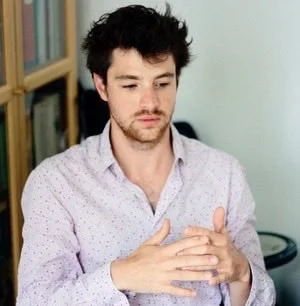

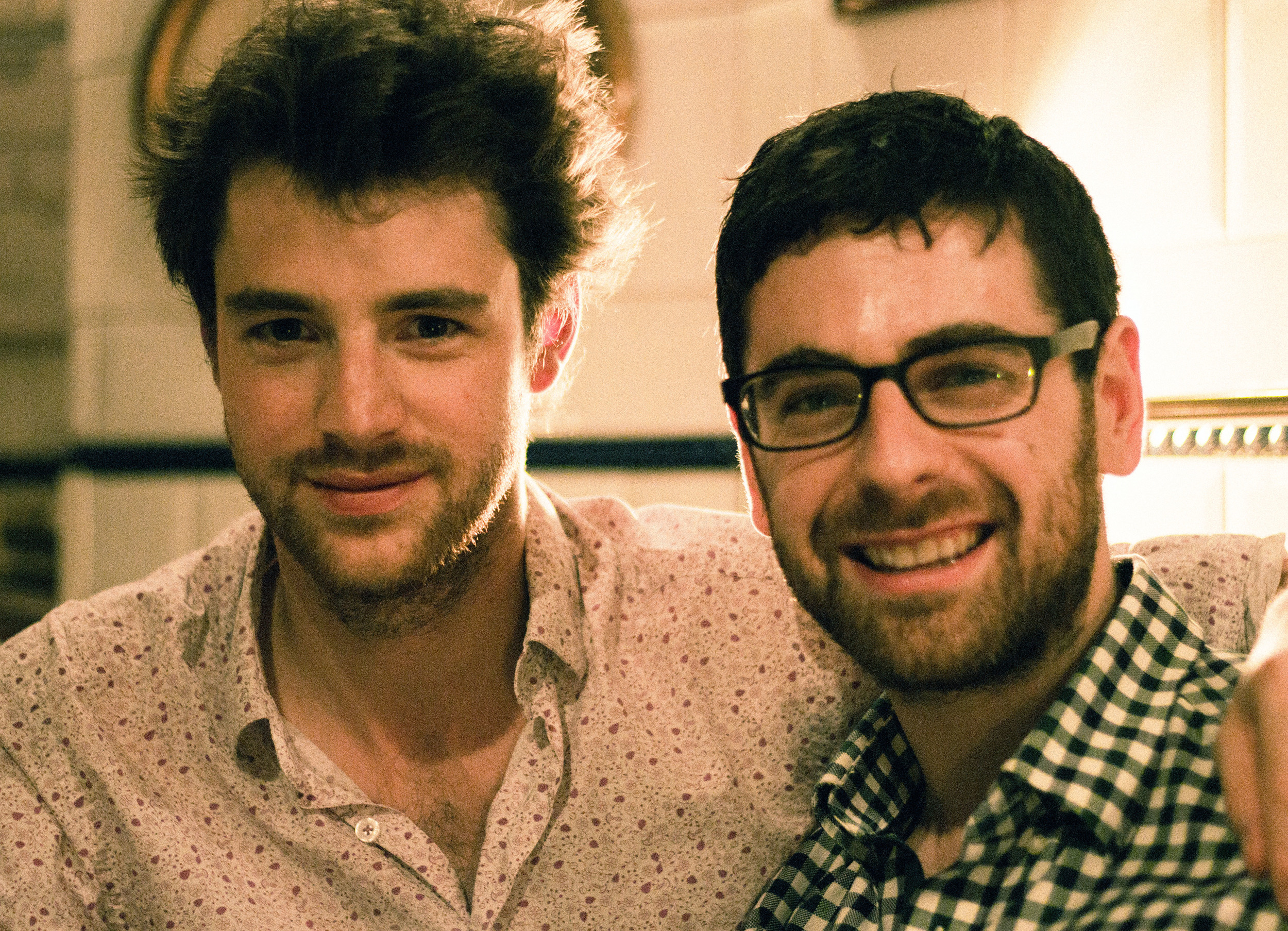

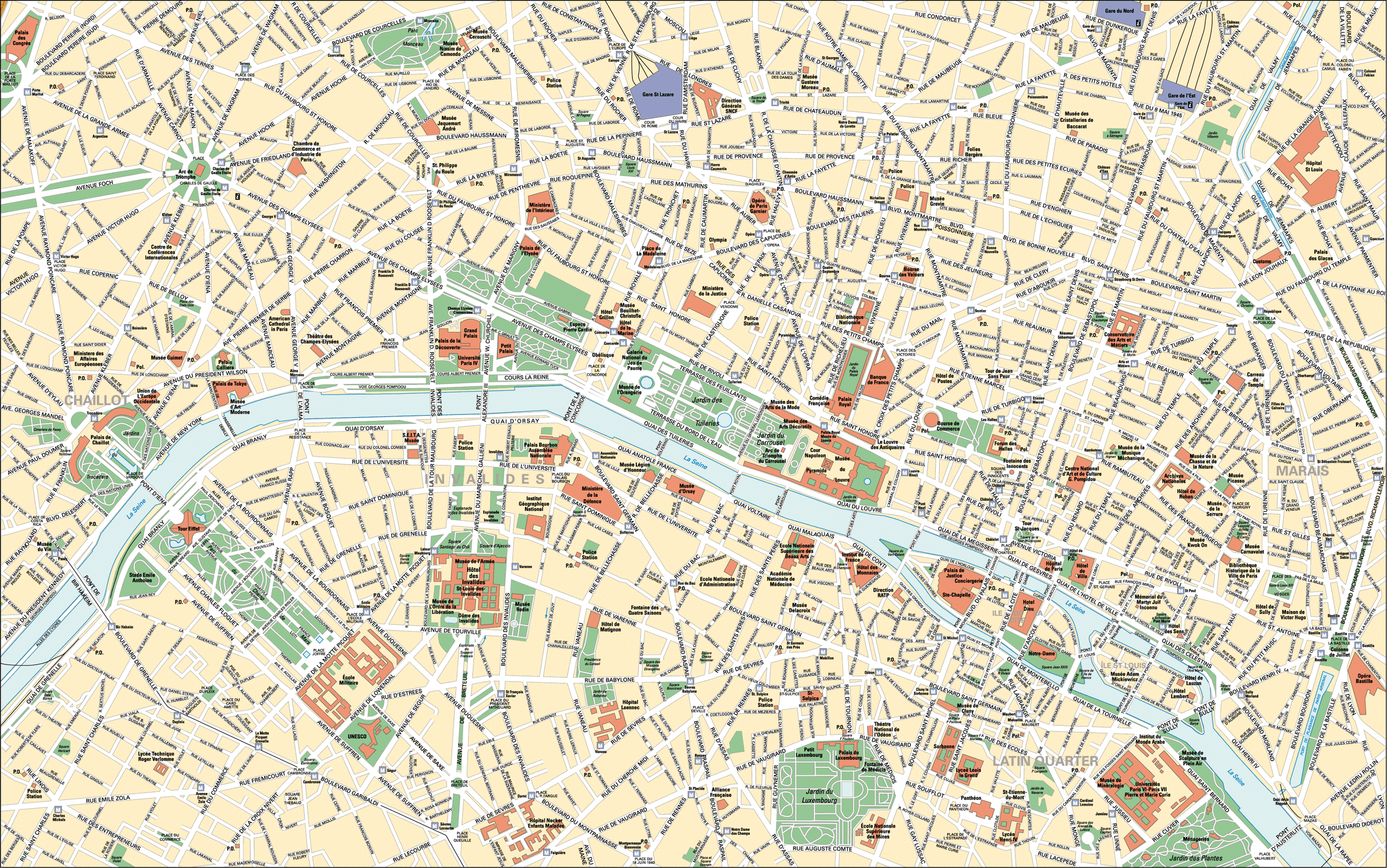



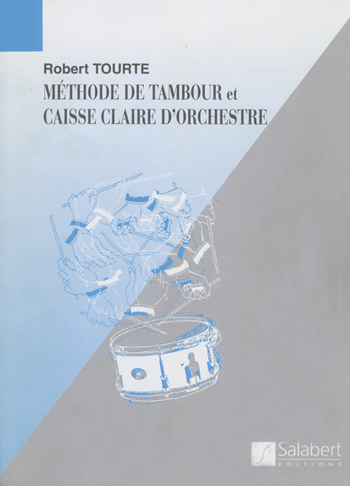
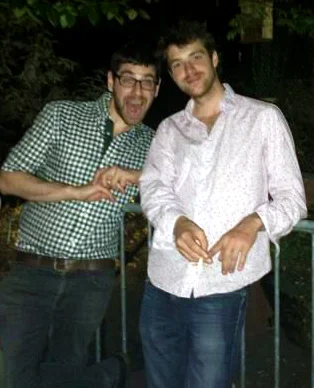






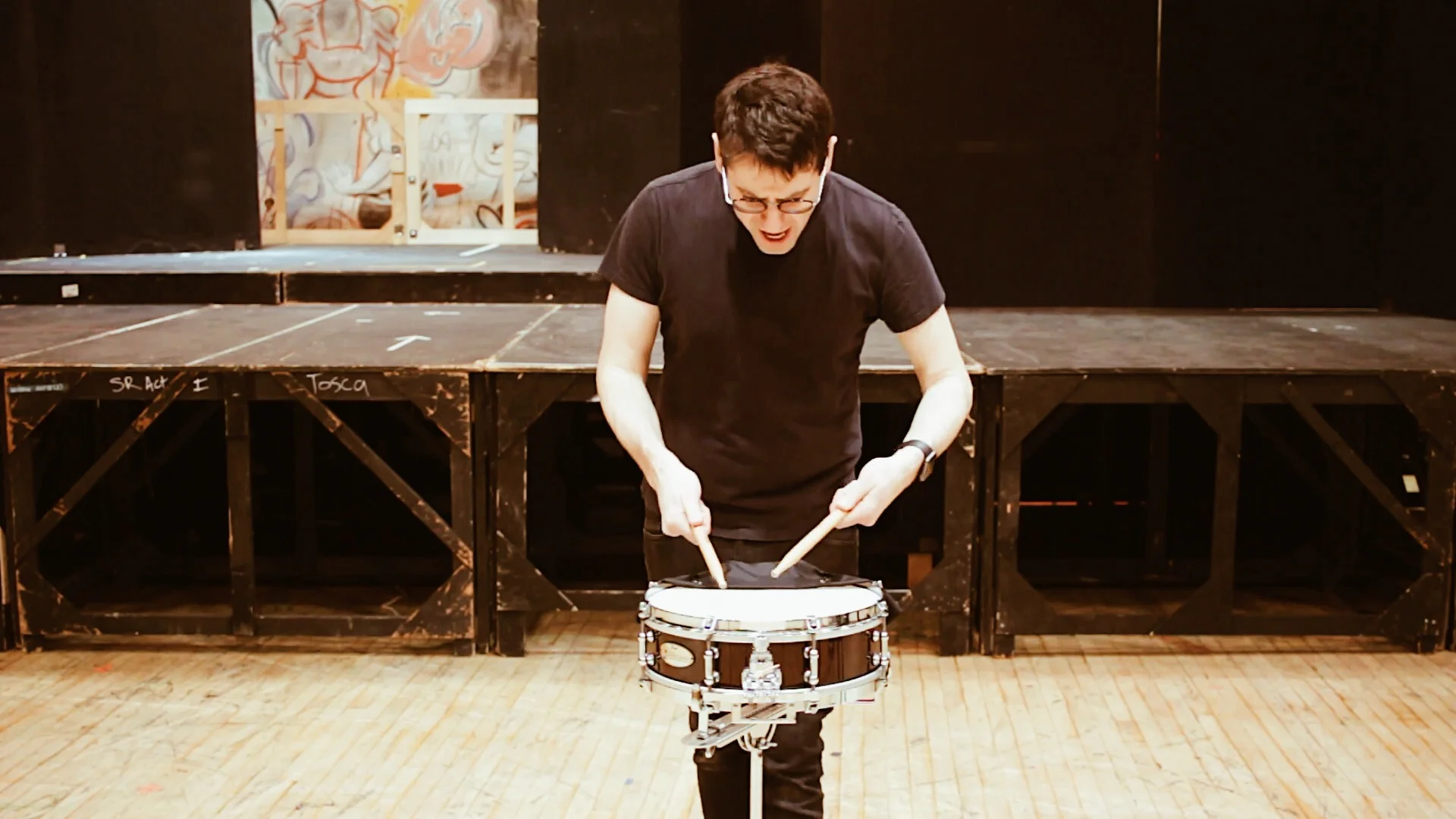
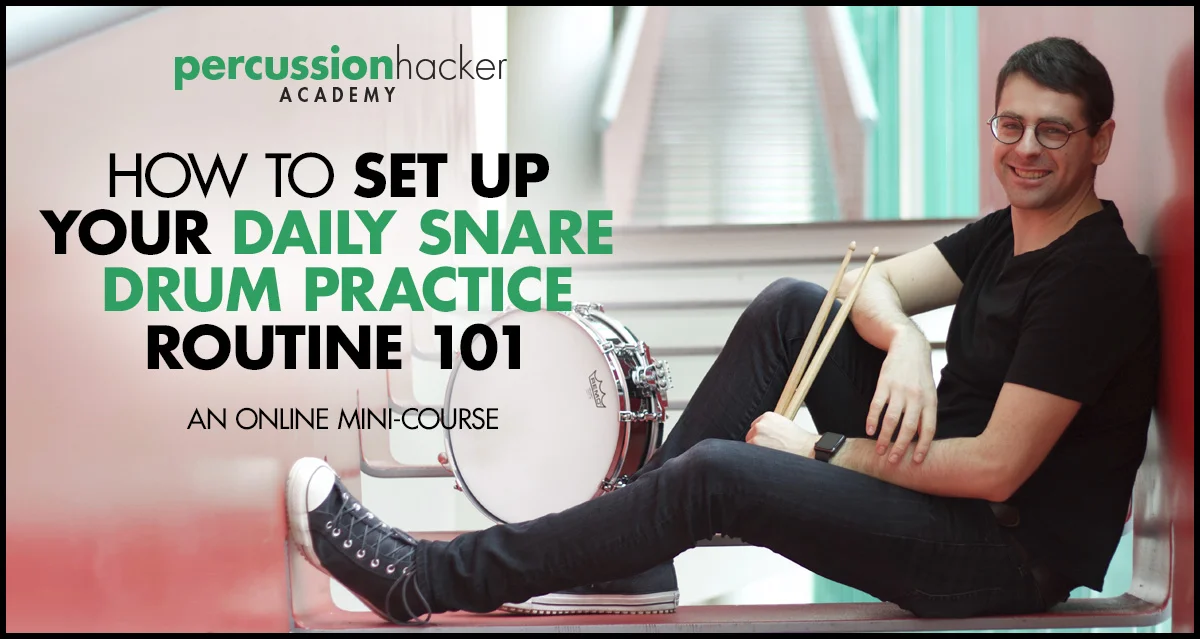



the snare drum seems like it could be the most boring instrument on earth. regardless, you still have to sound as musical as any violinist or oboist or trumpeter.
in today's video, i'm showing you 7 ways you can express phrasing and musicality on the snare drum.